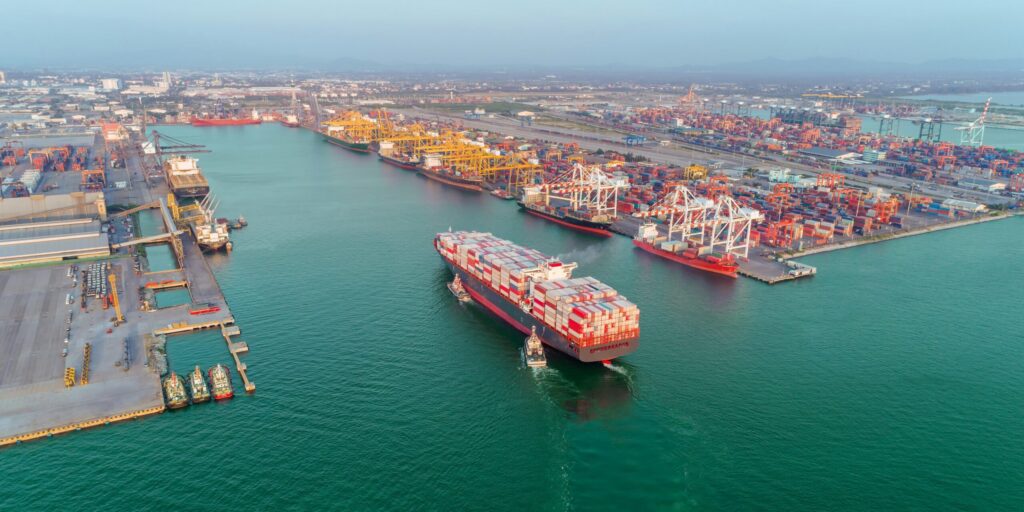The business world was shaken on July 4, 2025, as President Donald Trump announced the reinstatement of significant tariffs on multiple countries, escalating global trade tensions. This move, which caught many off-guard, is seen as a strategic effort to reshape U.S. trade relations, particularly with key partners such as China, the European Union, Japan, and South Korea. With global markets closed for the U.S. Independence Day holiday, the announcement sent ripple effects across financial markets, leaving many analysts and investors uneasy about the economic consequences that could unfold in the coming months.
The decision to impose new tariffs—ranging from 10% to as high as 70%—marks a sharp reversal of the previous 90-day tariff suspension that had been in place. These tariffs are expected to target a wide range of goods, including electronics, machinery, and agricultural products. The U.S. government’s stated goal is to use these tariffs as leverage in renegotiating trade deals, particularly with China, which has been a focal point of President Trump’s trade agenda.
Tariff Reinstatement and Its Economic Rationale
President Trump’s tariff strategy is a continuation of the “America First” policy he championed during his presidency. The new tariffs are part of his broader goal of reducing the U.S. trade deficit and encouraging domestic manufacturing. By raising tariffs, Trump aims to make foreign products more expensive, which in turn encourages consumers to purchase American-made goods. However, critics argue that this approach could backfire, leading to higher costs for U.S. consumers and businesses.
The tariffs are part of a broader plan to address what the Trump administration perceives as unfair trade practices. In his announcement, the president emphasized that these measures were necessary to level the playing field and ensure that American workers are not disadvantaged by global trade practices. This renewed tariff strategy comes after a series of complex and often contentious negotiations with key trading partners.
While the U.S. is moving forward with new tariffs, it is also working on renegotiating trade agreements with some of its major trading partners. In fact, the administration has already reached agreements with the U.K. and Vietnam, with talks ongoing with other countries such as China. The tariffs on China have long been a central issue, with both sides locked in a trade war that has seen fluctuating tariffs on hundreds of billions of dollars in goods. For many analysts, the re-imposition of tariffs is seen as part of the U.S. strategy to pressure China into making more favorable trade concessions.
Market Reactions: Immediate Impact and Long-Term Consequences
Following the announcement, U.S. equity-index futures experienced a notable decline. The E-mini S&P 500 futures fell by 0.6%, while the U.S. Dollar Index also saw a modest decline of 0.2%. International markets were similarly impacted. South Korea’s KOSPI Index, which is highly sensitive to global trade dynamics, fell by 2%. European markets also saw losses, with Germany’s DAX dropping by 0.6% and France’s CAC 40 losing 0.7%.
These movements signal the global economic unease that comes with tariff escalations. With many economies already struggling with inflationary pressures and slowing growth, the imposition of higher tariffs could exacerbate existing challenges. Investors are particularly concerned about the potential for trade disruptions, as the global supply chain, which has already been under strain due to the COVID-19 pandemic and other geopolitical factors, may suffer further setbacks.
Commodity markets, too, took a hit following the tariff announcement. Copper, often seen as a bellwether for global industrial activity, dropped by 1.6%. Oil futures saw a similar decline, with prices falling by 1.3%. These declines reflect concerns about reduced global demand as a result of heightened trade barriers. A slowdown in manufacturing and production could lead to lower demand for commodities, which would have a cascading effect on industries dependent on raw materials.
One of the most notable impacts of the tariff announcements was seen in the cryptocurrency market. Bitcoin, which has become an increasingly popular asset class, saw a 0.8% dip in its value. This drop is attributed to the growing investor caution surrounding the global economic outlook, as well as concerns about the potential for higher volatility in traditional markets.
Trade Deals and Diplomatic Considerations
While the new tariffs are generating anxiety in financial markets, there is some cautious optimism regarding the potential for new trade deals. The Trump administration has indicated that it is open to renegotiating the terms of existing trade agreements, particularly with China. The U.S. and China have recently made strides in resuming some key trade relations, including the resumption of General Electric Aerospace engine deliveries to China’s Comac and the easing of restrictions on Boeing deliveries to Chinese airlines.
These developments suggest that the U.S. and China may be moving closer to a more comprehensive trade agreement, which could ultimately reduce tensions between the two largest economies in the world. The Trump administration has emphasized that the tariffs are not permanent and are designed to create leverage in negotiations. There is hope that, through diplomatic efforts, both countries can find common ground on key issues such as intellectual property rights, market access, and trade imbalances.
The renewed tariffs are also likely to have an impact on U.S. domestic policy. Many industries in the U.S., particularly those in manufacturing and agriculture, are reliant on global trade. Higher tariffs could make it more expensive for U.S. companies to import raw materials, which could lead to increased production costs. This, in turn, could be passed on to consumers in the form of higher prices for goods.
Global Repercussions and the Road Ahead
The renewed tariffs are also likely to have significant repercussions for the global economy. Countries that rely heavily on exports to the U.S. could face challenges in maintaining their economic growth. For instance, China, which is a key supplier of electronics and machinery to the U.S., could see a reduction in its export volumes if the tariffs lead to lower demand for its goods. Similarly, the European Union and Japan, which are major trading partners of the U.S., could be affected by the broader trend of increasing trade barriers.
The escalating trade tensions between the U.S. and its global partners could lead to a slowdown in global economic growth. If countries retaliate with their own tariffs or trade restrictions, the result could be a cycle of economic protectionism that dampens international trade and investment.
In the coming months, the U.S. administration will need to carefully manage its relationships with key trading partners. The goal will be to negotiate more favorable trade deals without escalating tensions to the point of a full-blown trade war. The next few weeks will be critical as negotiations with countries like China, Japan, and the European Union move forward. If these talks succeed in reducing tariffs and addressing longstanding trade imbalances, the global economy could see a period of renewed stability and growth.
Conclusion
The re-imposition of tariffs on July 4, 2025, marks a pivotal moment in U.S. trade policy. While the immediate market reactions were negative, the broader implications of these moves will unfold in the coming months as the U.S. negotiates new trade deals and attempts to secure better terms for American businesses. The world will be closely watching the outcomes of these negotiations, as they have the potential to reshape the global economic landscape for years to come. Investors, policymakers, and businesses alike will need to remain vigilant as the effects of this renewed tariff strategy begin to ripple through the global economy.


